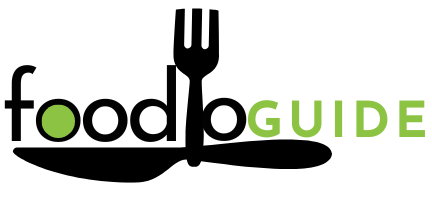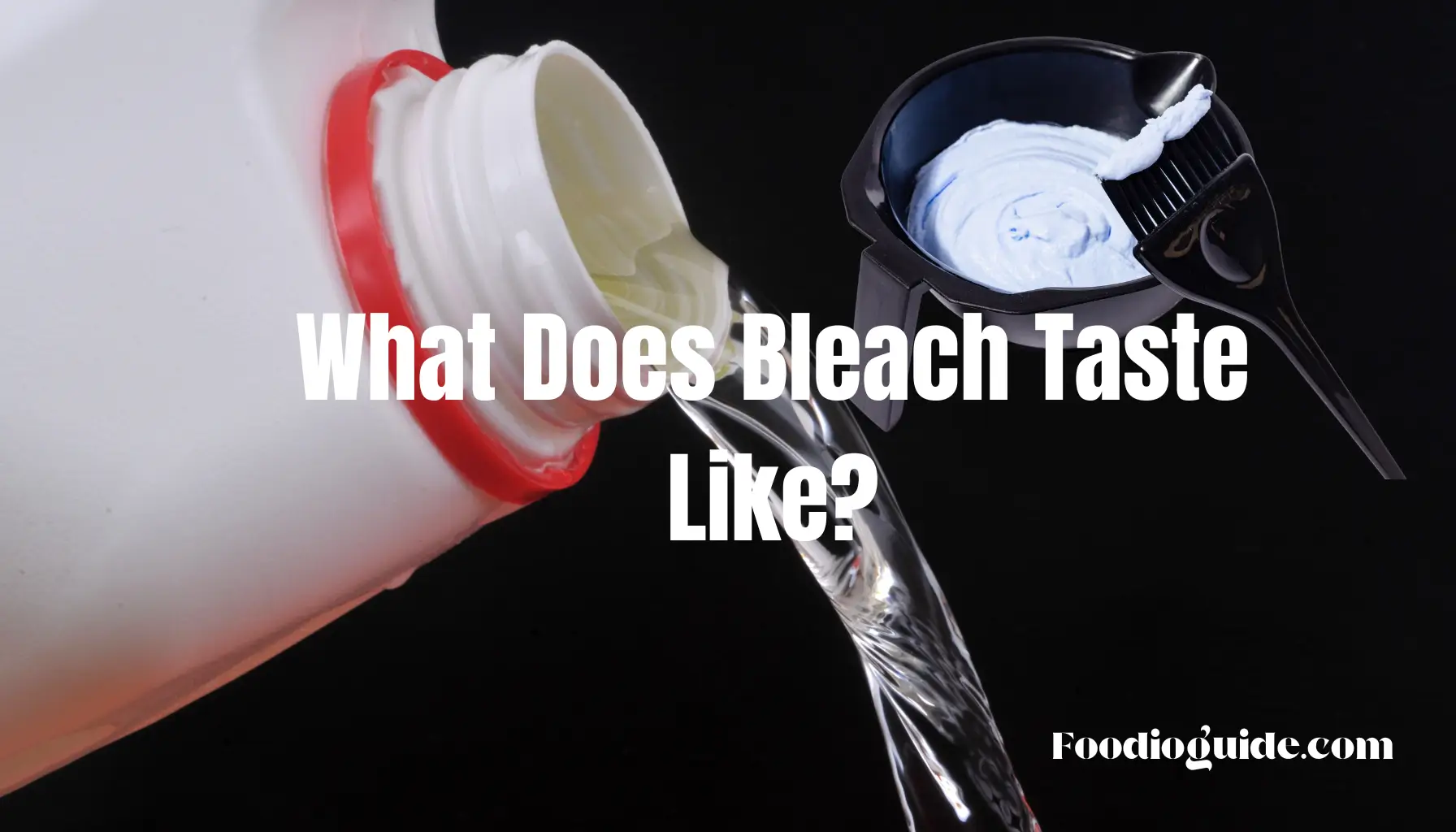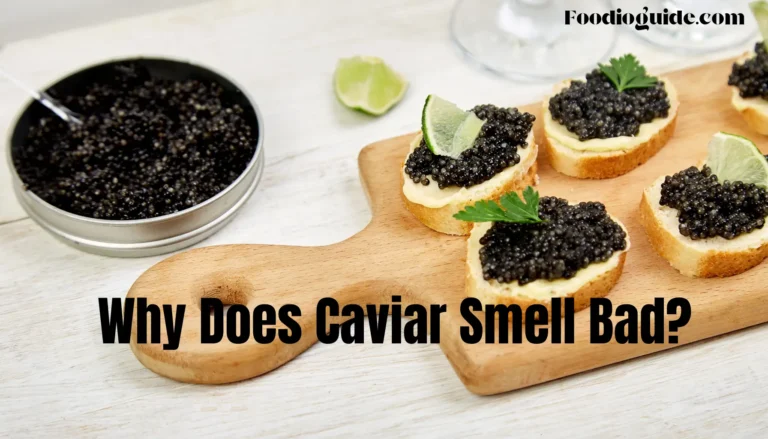What Does Bleach Taste Like?
Bleach is a household chemical known for its powerful cleaning and disinfecting properties. But what happens when people wonder, intentionally or unintentionally, about its taste? The idea of tasting bleach may seem unusual, but it’s a question that arises due to curiosity or concern about accidental ingestion. In this blog, we’ll explore what bleach tastes like, why it’s dangerous, and what to do in case of accidental exposure. We’ll also look at the misconceptions and myths surrounding bleach consumption.
The Taste of Bleach: An Overview
Bleach has a highly distinct and unpleasant taste. It is often described as bitter, acrid, and sharp, with a burning sensation that can linger in the mouth and throat. This harsh flavor is due to its chemical composition, primarily sodium hypochlorite, which reacts aggressively with organic matter. The taste is so potent that even a small amount can leave a strong aftertaste.
Why Does Bleach Taste So Harsh?
- Chemical Composition: The bitterness and sharpness come from sodium hypochlorite, the active ingredient in bleach. This chemical is designed to break down organic matter, making it extremely reactive and caustic.
- Reaction with Saliva: When bleach comes into contact with saliva, it can create an immediate chemical reaction, amplifying the burning sensation and bitter taste.
- Human Sensitivity: The human tongue is highly sensitive to chemicals, and bleach’s properties trigger the body’s defense mechanisms, such as gagging or vomiting, to prevent ingestion.
Comparison with Other Household Chemicals
While bleach has a distinct taste, comparing it to other cleaning products like ammonia or detergents shows that most share a similarly unpleasant profile. However, bleach’s strong oxidizing properties make its taste particularly sharp and dangerous.
The Dangers of Tasting Bleach
Tasting or ingesting bleach can pose significant health risks. Even a tiny amount can cause harm, and larger quantities can lead to severe medical emergencies.
Immediate Effects of Bleach Exposure
- Burning Sensation: The harsh taste is accompanied by a burning feeling in the mouth, throat, and esophagus.
- Nausea and Vomiting: Bleach’s chemical properties often induce vomiting as the body’s natural response to expel harmful substances.
- Difficulty Breathing: Inhaling the fumes or swallowing bleach can irritate the respiratory system, leading to coughing and shortness of breath.
Long-Term Health Risks
- Internal Damage: Ingesting bleach can cause permanent damage to the mouth, throat, stomach, and intestines.
- Poisoning Symptoms: Symptoms like dizziness, low blood pressure, and abdominal pain may indicate bleach poisoning, which requires immediate medical attention.
- Risk of Death: In extreme cases, consuming bleach can be fatal.
Accidental Ingestion of Bleach: What to Do
If someone accidentally ingests bleach, quick action is essential. Knowing the proper steps can prevent severe harm and even save lives.
Steps to Take Immediately
- Rinse the Mouth: If bleach is accidentally tasted, rinse the mouth thoroughly with water to dilute and remove the chemical.
- Avoid Inducing Vomiting: Vomiting can worsen internal damage by bringing bleach back up through the esophagus.
- Drink Water or Milk: These can help dilute the bleach and minimize its corrosive effects.
- Seek Medical Attention: Contact poison control or visit the nearest emergency room for professional evaluation and treatment.
Missteps to Avoid
- Don’t Ignore the Symptoms: Even minor exposure can lead to severe complications.
- Avoid Home Remedies: Using remedies like vinegar can create dangerous chemical reactions with bleach.
Misconceptions About Bleach and Safety
Bleach is frequently misunderstood due to myths about its taste and uses. These misconceptions often stem from misinformation or exaggerations, making it essential to distinguish fact from fiction. Understanding bleach’s true nature helps dispel harmful myths and ensures proper handling.
Myth 1: Drinking Bleach Can Cure Illnesses
Some misguided theories claim that consuming bleach can treat illnesses like infections or even chronic conditions. This is entirely false and extremely dangerous. Bleach is a toxic chemical, not a medicine.
Myth 2: Small Amounts Are Harmless
Even a small amount of bleach can cause harm. Its caustic nature means that even minimal exposure can lead to burns and poisoning.
Myth 3: Diluted Bleach is Safe to Drink
While diluted bleach is used for disinfection, it is never safe for human consumption. Its toxic properties remain, even in small concentrations.
Preventing Bleach Exposure
Prevention is essential when dealing with hazardous chemicals like bleach. Its potent properties demand careful handling to avoid accidental exposure. Taking proactive measures, such as proper storage, clear labeling, and educating family members, ensures safety in your home. Here are practical tips to minimize risks and maintain a safe environment.
Safe Storage Practices
- Keep Out of Reach: Store bleach in high cabinets or locked containers, away from children and pets.
- Proper Labeling: Ensure all containers are clearly labeled to avoid confusion with consumable liquids.
- Avoid Mixing: Never mix bleach with other chemicals like ammonia or vinegar, as this can produce toxic gases.
Educating Family Members
- Teach Safety Rules: Ensure everyone in the household understands the dangers of bleach.
- Supervise Usage: Monitor children and inexperienced users when cleaning with bleach.
See also: Bok Choy Alternative
The Psychological Aspect: Why Do People Wonder About Bleach’s Taste?
Curiosity about the taste of bleach is often driven by psychological factors like intrigue or misinformation. Media portrayals, including exaggerated mentions in movies, memes, and online discussions, contribute to this curiosity. By understanding these influences, we can raise awareness about the dangers of bleach and dispel myths associated with its properties. Addressing this curiosity through education is crucial for fostering safer practices around such hazardous substances.
Influence of Media
Movies, TV shows, and internet memes sometimes mention bleach in exaggerated or humorous contexts, sparking curiosity or misunderstandings about its properties.
Accidental Tasting Scenarios
- Mislabeling: Confusing bleach with water or other liquids due to improper storage.
- Children’s Curiosity: Young children may accidentally taste bleach out of curiosity.
Health Consequences of Bleach Inhalation
While ingestion of bleach is often discussed, the inhalation of its fumes poses equally serious health risks. Bleach fumes contain reactive chemicals that irritate the respiratory system, causing coughing, shortness of breath, and throat discomfort. Prolonged exposure can worsen conditions like asthma and reduce overall lung function. In severe cases, chronic inhalation may lead to respiratory sensitivity or long-term damage, emphasizing the need for proper ventilation during use. Understanding these risks is critical for safe handling of bleach in everyday cleaning tasks.
Immediate Symptoms of Inhalation
- Irritation in the throat and lungs
- Coughing and difficulty breathing
- Watery eyes and runny nose
Long-Term Risks
Chronic exposure to bleach fumes can lead to reduced lung function and heightened sensitivity to other airborne irritants.
Bleach as a Cleaning Agent: Why It’s Effective
Bleach is highly effective in killing germs, bacteria, and viruses, making it a staple in many households. This effectiveness stems from its powerful chemical composition, which disrupts and destroys microorganisms at a cellular level. However, its usage requires responsibility, as improper handling can lead to health hazards or damage. By understanding how bleach works and using it correctly, you can harness its cleaning power safely and effectively.
How Bleach Works
Bleach breaks down proteins and disrupts cellular processes in microorganisms, leading to their destruction. This chemical reaction makes it an excellent disinfectant.
Proper Usage
To maximize safety, always dilute bleach before use and ensure adequate ventilation during cleaning to minimize fume exposure.
Bleach Alternatives for Safer Cleaning
If you’re concerned about the potential dangers of bleach, consider using safer alternatives for household cleaning. These options include natural agents like vinegar and baking soda or eco-friendly commercial products, which offer effective cleaning without the risks associated with bleach. Safer options can provide peace of mind while maintaining a clean and healthy home.
Natural Cleaning Agents
- Vinegar: Effective against bacteria and mold.
- Baking Soda: A gentle abrasive for scrubbing.
- Hydrogen Peroxide: A disinfectant that’s less harsh than bleach.
Commercial Green Products
Eco-friendly cleaning solutions are widely available and pose fewer risks to health and the environment.
The Role of Bleach in Emergency Situations
Bleach is invaluable in emergency preparedness, especially for water purification and surface disinfection during disaster scenarios. Its ability to neutralize harmful pathogens ensures safe drinking water and hygiene in crisis situations, emphasizing its role as a critical tool in health and safety measures.
Water Purification
Adding a small amount of unscented household bleach to water can render it safe for drinking by neutralizing harmful microorganisms. For effective purification, it is essential to follow official guidelines on dilution ratios, typically adding 8 drops of bleach per gallon of clear water or 16 drops for cloudy water. This ensures safety and effectiveness.
Surface Disinfection
In outbreak situations, bleach is used to disinfect surfaces and prevent the spread of infectious diseases.
Signs of Bleach Poisoning in Pets
Pets, like humans, can suffer severe consequences from exposure to bleach. Recognizing the signs of bleach poisoning is critical for their safety. Symptoms like excessive drooling, vomiting, and difficulty breathing indicate a serious problem requiring immediate veterinary attention. Being aware of these dangers can prevent irreversible harm to your pets.
Symptoms to Watch For
- Drooling and vomiting
- Pawing at the mouth
- Difficulty breathing
What to Do
If your pet is exposed to bleach, contact a veterinarian immediately. Provide detailed information about the exposure, including the type of bleach, quantity, and symptoms observed. Quick action can prevent severe health complications and ensure your pet receives the necessary care.
Why Bleach Should Never Be Ingested
Understanding the risks of bleach consumption is essential for preventing accidents and promoting safety. Bleach is a highly toxic chemical, and even minor ingestion can lead to serious health complications, including burns, poisoning, and in severe cases, death. Recognizing its dangers ensures proper handling and prevents hazardous exposure.
Toxicity Levels
Bleach’s high toxicity levels make it unsuitable for any form of ingestion, regardless of quantity.
Safer Practices
Educating yourself and your household about bleach safety can prevent mishaps and ensure proper usage.
Conclusion: Understanding and Respecting Bleach’s Purpose
Bleach is an essential household product for cleaning and disinfecting, but it is not meant to be ingested or tasted. Its harsh, acrid taste is a clear indicator of its toxicity and potential danger. By understanding the risks, debunking myths, and practicing safe handling, we can ensure that bleach remains a helpful tool rather than a health hazard.
If you or someone you know ever encounters bleach exposure, act quickly and responsibly to mitigate harm. Remember, safety always comes first.






